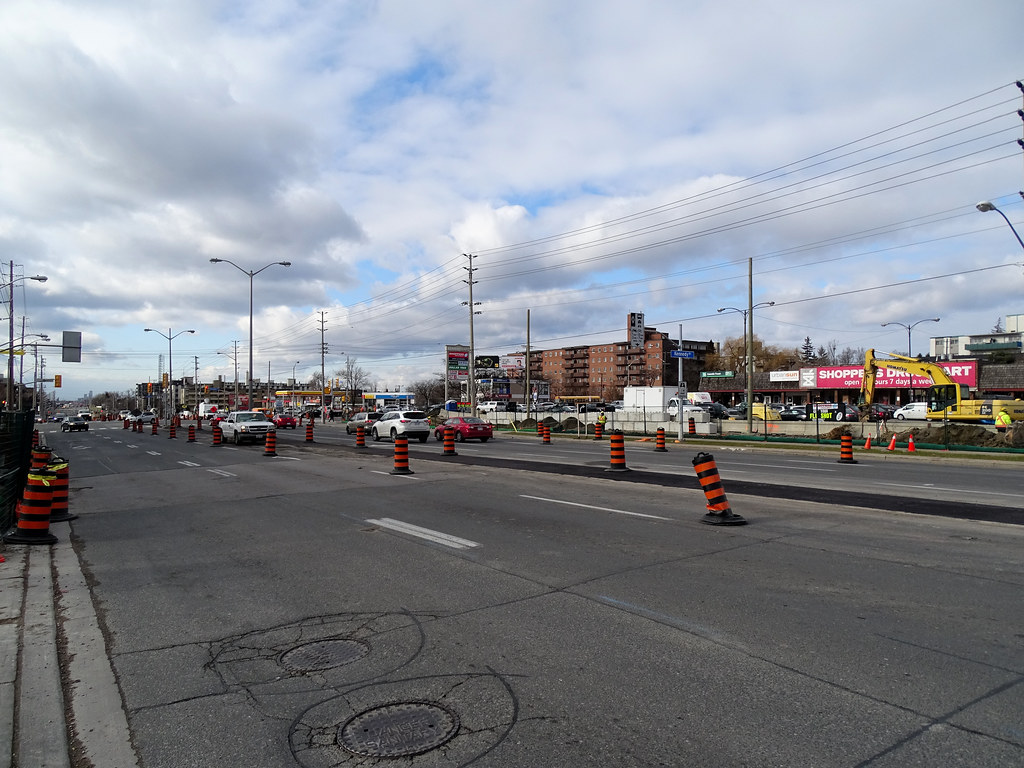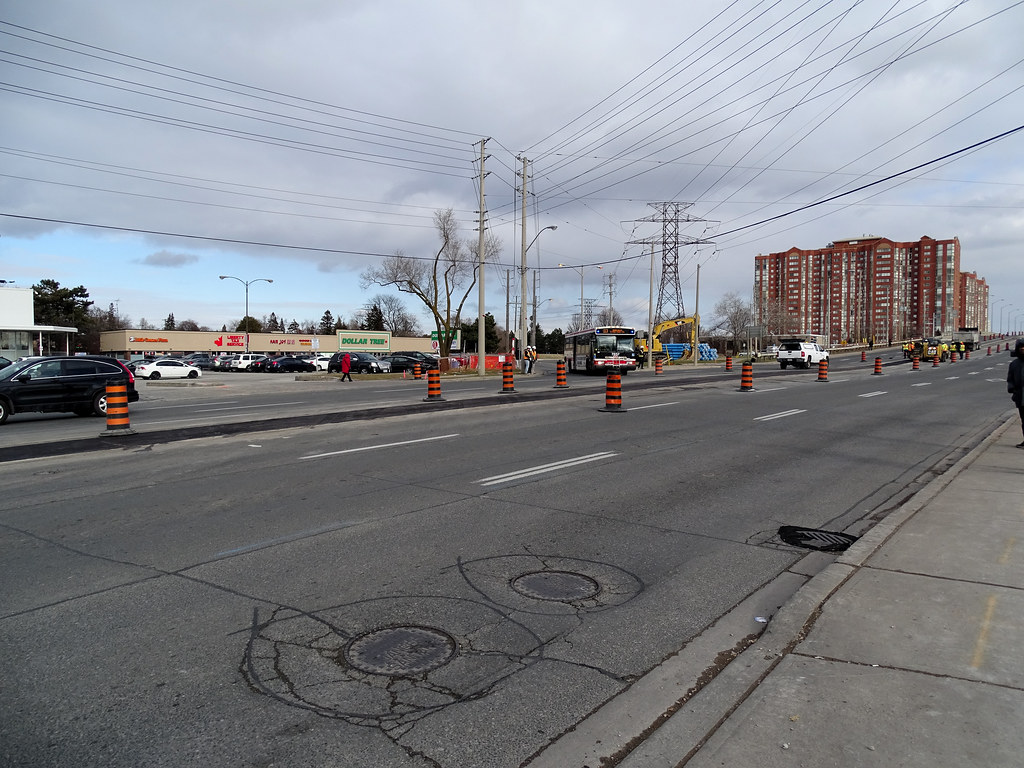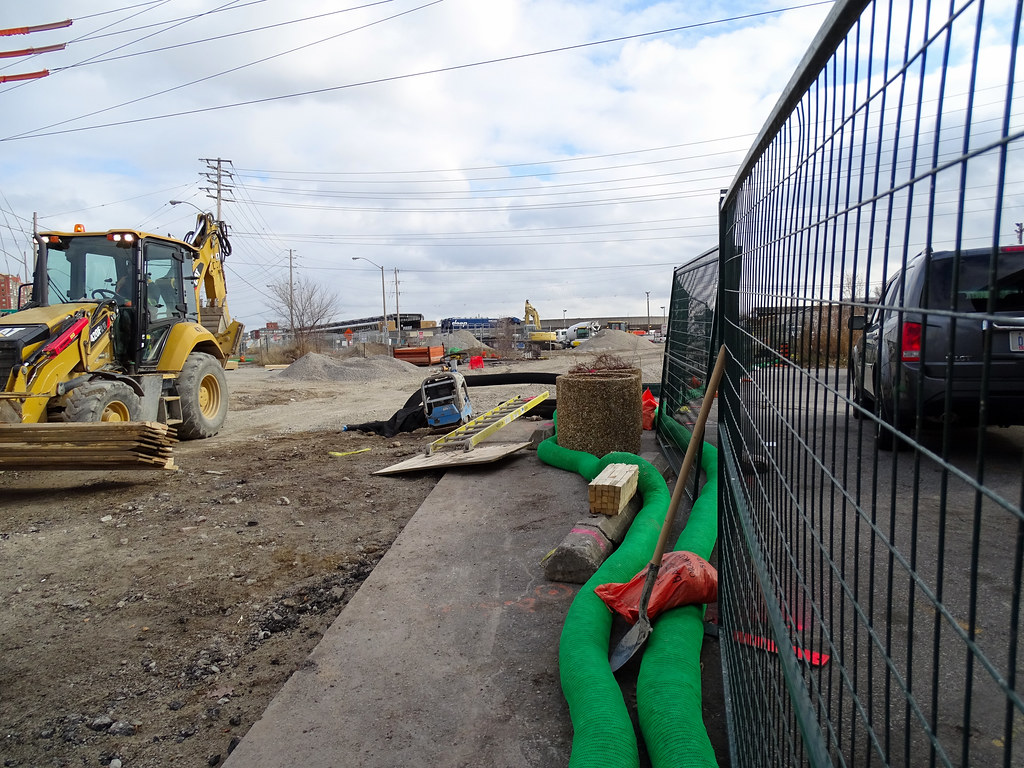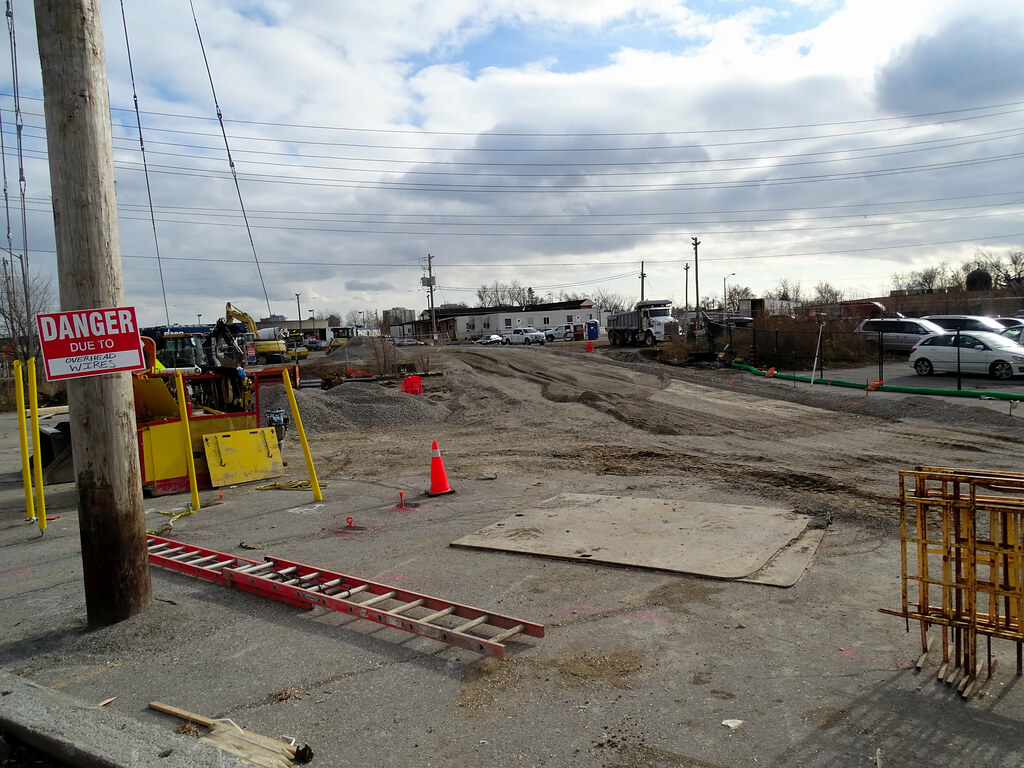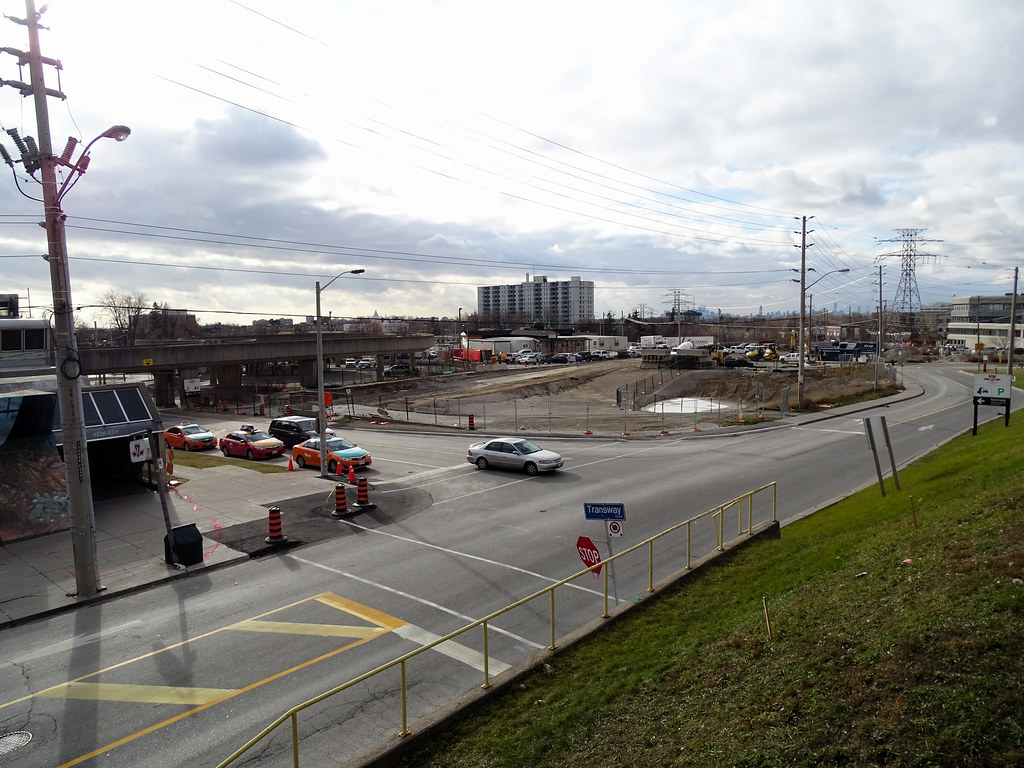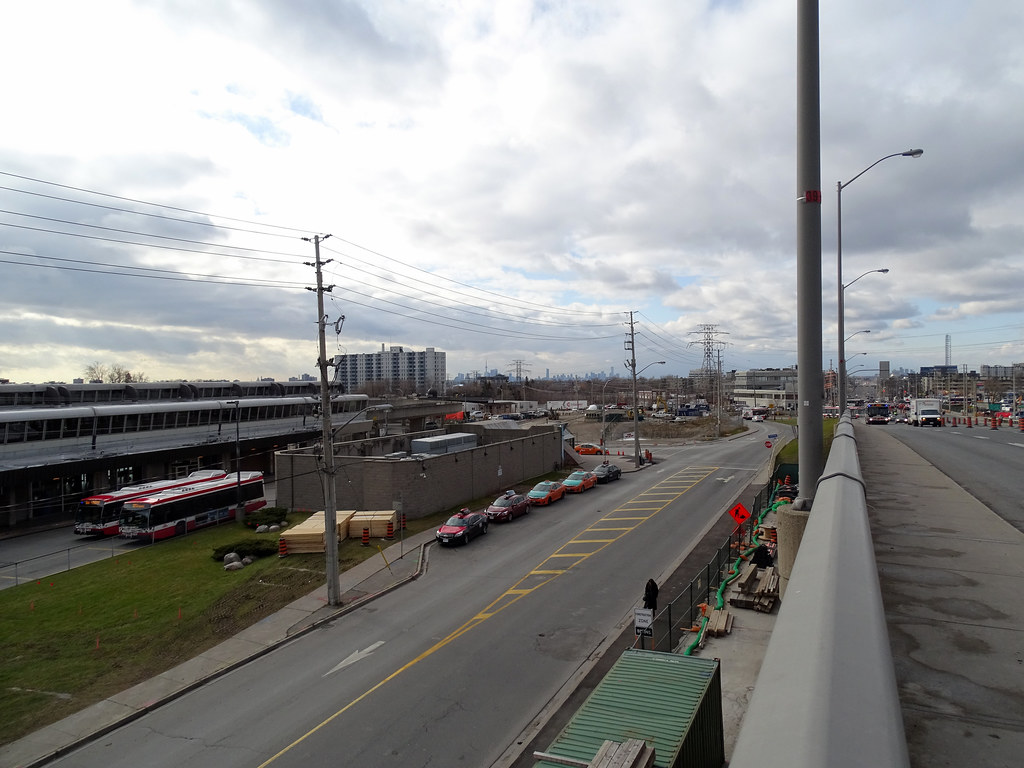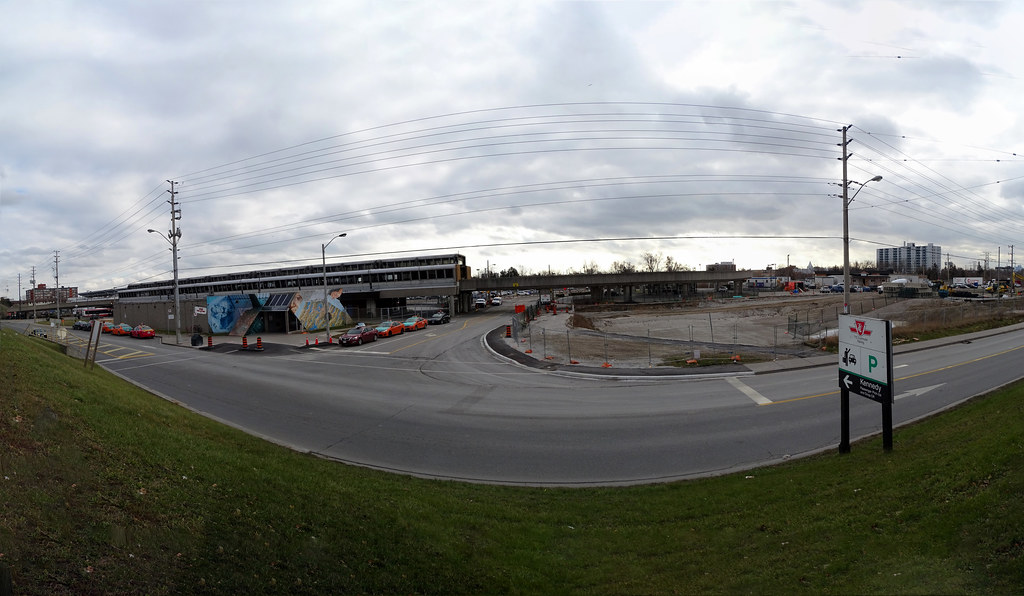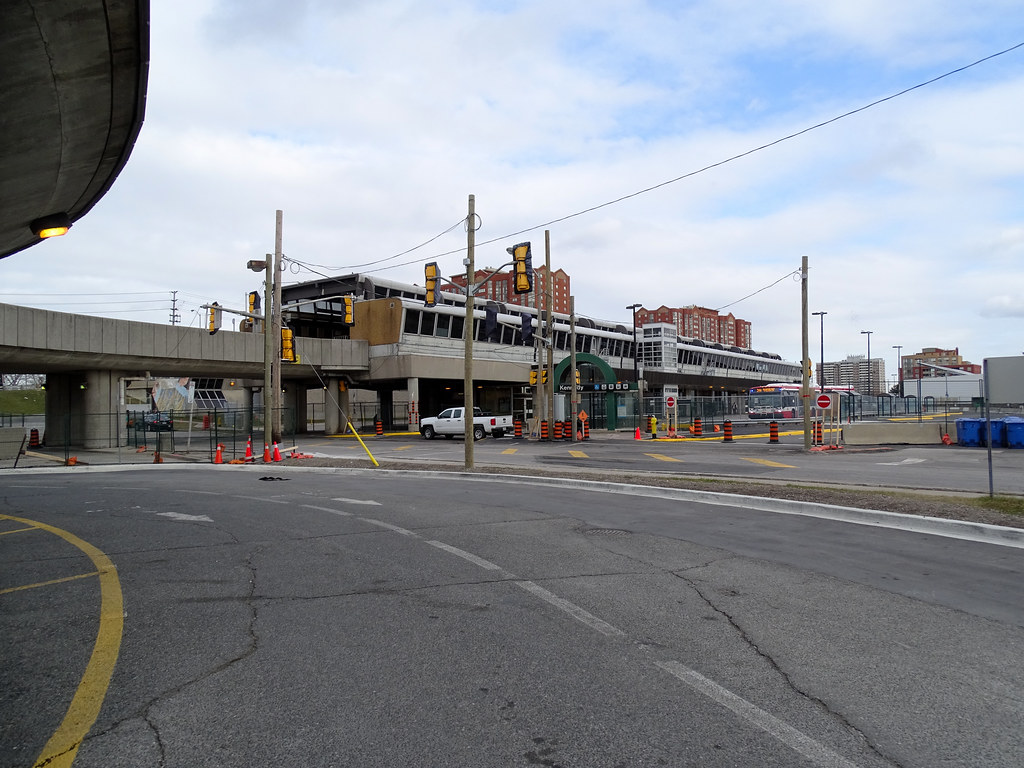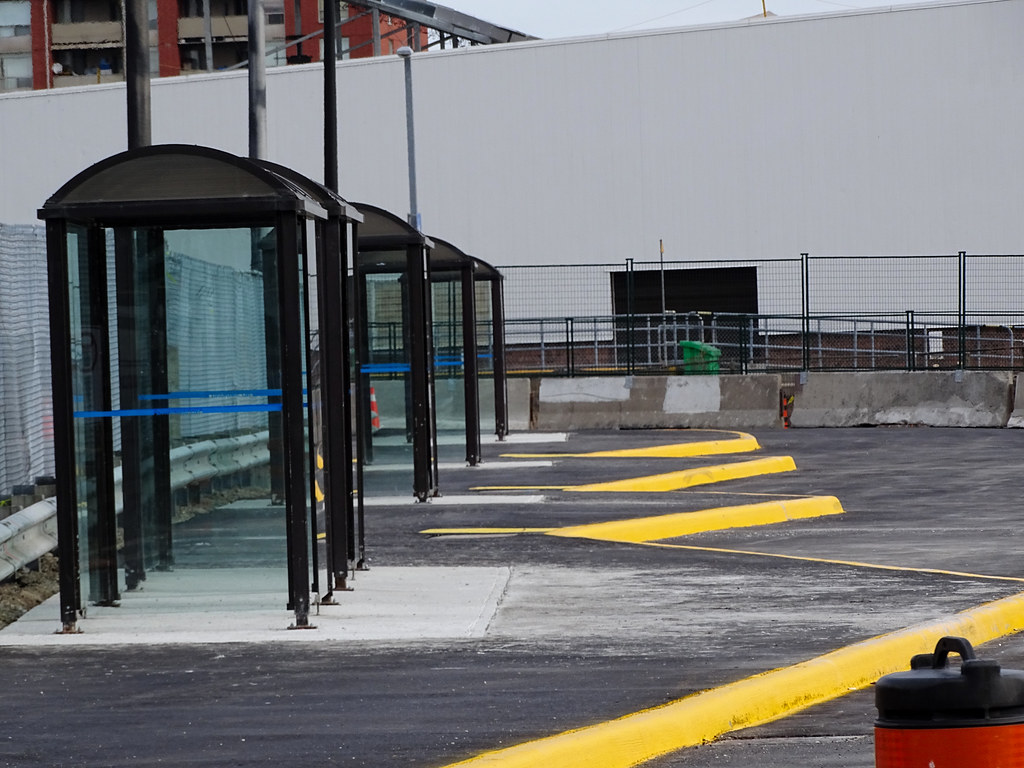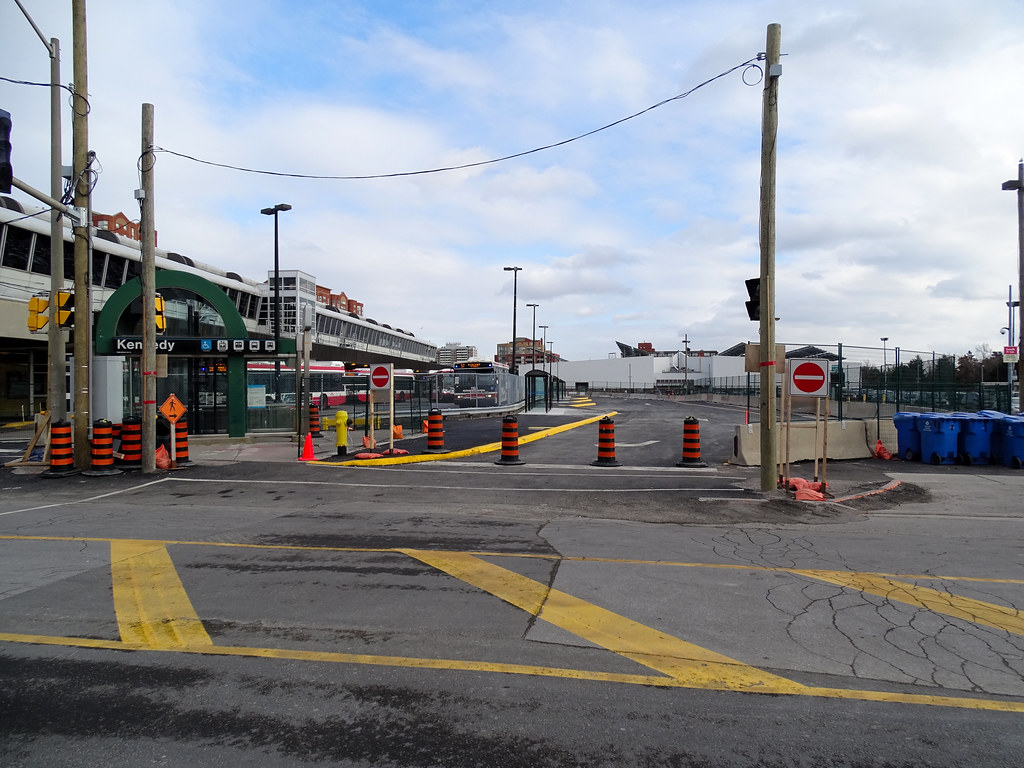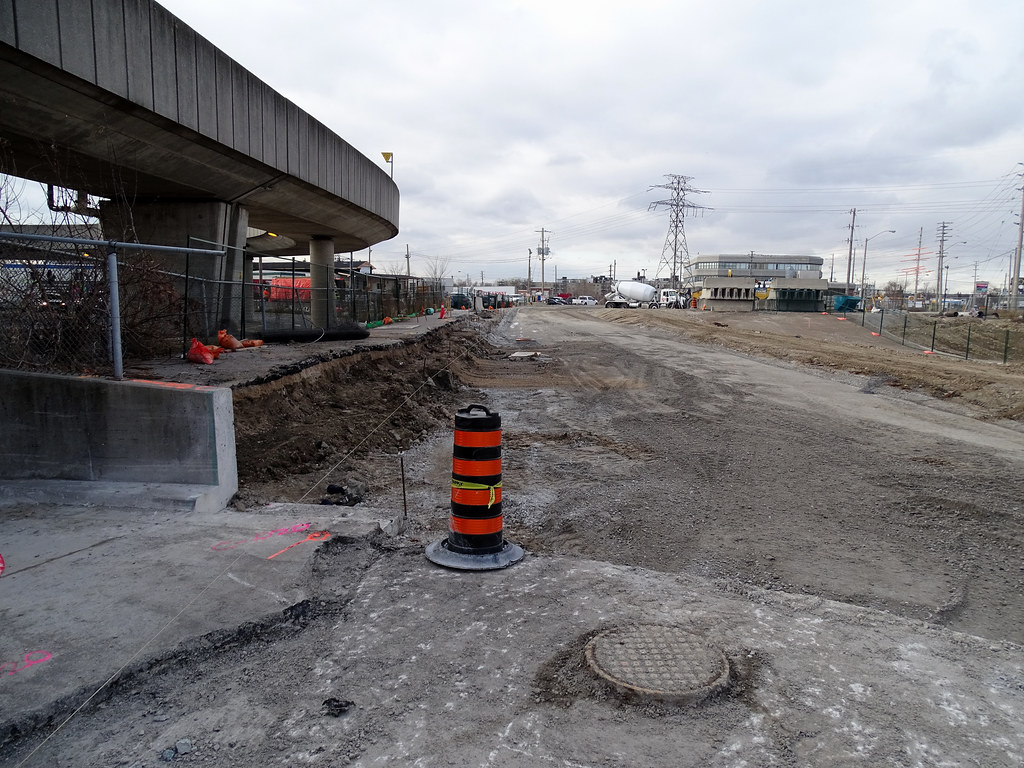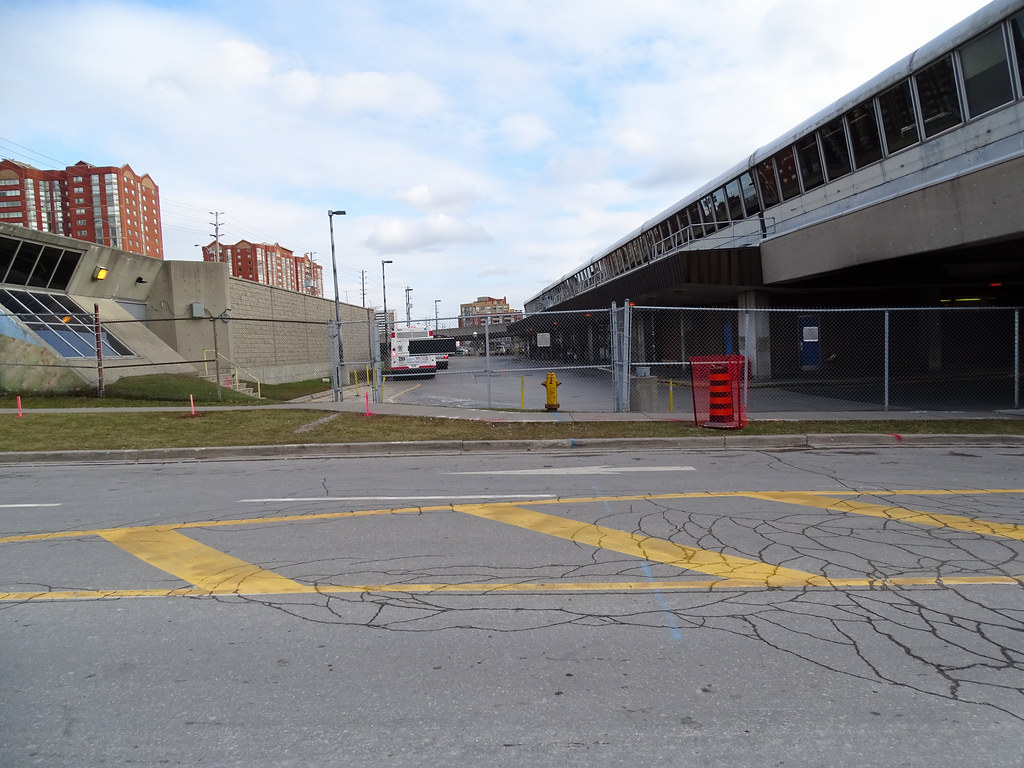Tuck
Active Member
I was just in Seattle, and their light rail system has at grade sections. You can't even tell. It was amazing. They do have crossing arms - the benefit of those is it prevents cars from delaying a train by sneaking in a left turn.
This is rapid transit, not streetcars. It should have absolute priority over cars.
EDIT: A lot of the time with the streetcars on Spadina, I see them slow down even when they have a green light, and sometimes even stop. To be careful. That would be complete nonsense for a rapid transit line.
This is rapid transit, not streetcars. It should have absolute priority over cars.
EDIT: A lot of the time with the streetcars on Spadina, I see them slow down even when they have a green light, and sometimes even stop. To be careful. That would be complete nonsense for a rapid transit line.
Last edited:






